From Tip to Tail: Signs of the Butchers' Times
March 13, 2024
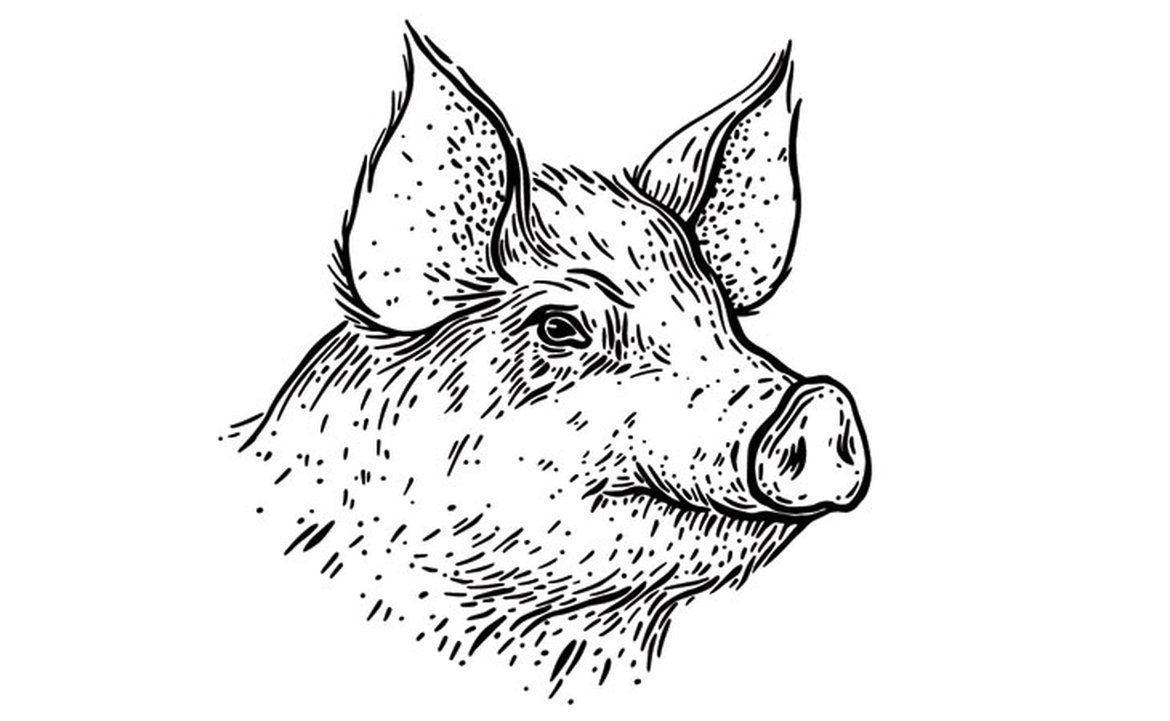
In the mid-1990s—largely on the strength of a late-night, long-distance phone call—my partner Richard was offered a job teaching law at Melbourne’s Deakin University.
He said yes.
As for me, I was ready to wave goodbye to the practice of law, so I happily agreed to accompany him Down Under. Once there, I somehow managed to convince prospective employers that this former lawyer had valuable, transferrable skills. And thus began the communications career I’ve loved ever since.
Speaking of love, we loved Melbourne.
The city seemed to have it all. Excellent restaurants. A vibrant arts scene. Charming Victorian architecture. Gardens and parks galore. All-year-round good weather for running and cycling. And bottle shops—long, long, long before Doug Ford declared them ok for Ontario residents.
Melbourne reminded us of home, for like Toronto, it is a city of neighbourhoods.
In our five years there, we lived in several different hoods: Middle Brighton, Flemington, Northcote, East St. Kilda, and St. Kilda. While each area had its distinctive charms, St. Kilda was our favourite. Acland Street bakeries. Fitzroy Street restaurants. Luna Park. The iconic Big Mouth Café. The beach!
St. Kilda was a lot like Toronto’s Queen Street West—a great mix of gritty, funky and artistic—and still proud of its Eastern European immigrant past.
Which brings me to Gruner, the local butcher. Despite St. Kilda’s many attractions, what we seem to remember most is Gruner’s sign: Leading in Ham.
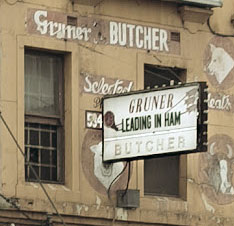
Now, I suppose Gruner’s ham was quite good, perhaps even excellent by the day’s ham standards, but who knows if it was well and truly leading in it. I mean, what does that even mean – to be “leading in ham”? To this day, we find this hilarious.
In my experience, once you become attuned to unusual signs like this, you start to see them everywhere. Here are a few from butchers in my West End Toronto neighbourhood.
Marcelleria Venezia: Where meat is a treat.

Nosso Talho: Where Quality MEATS Value.
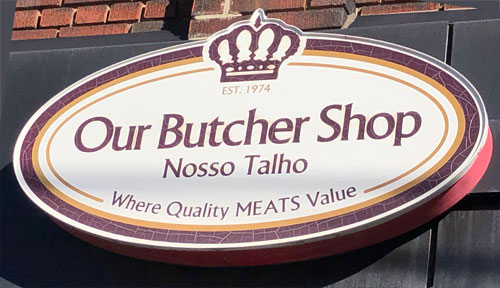
Pavao: Famous for quality.
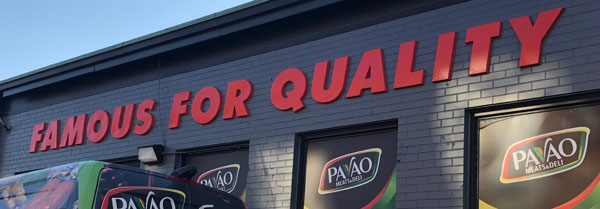
Those meat guys! When it comes to signs, they seem to be rivalled only by businesses that rely on large vehicles. Witness these two signs I recently spotted on the back of big trucks.
U-Pak Disposal Waste Management Company: Nothing Wasted. Plenty Gained.
(Reminds me of my brother-in-law Frank’s saying about the Davis family: “Often wrong. Never uncertain.”)
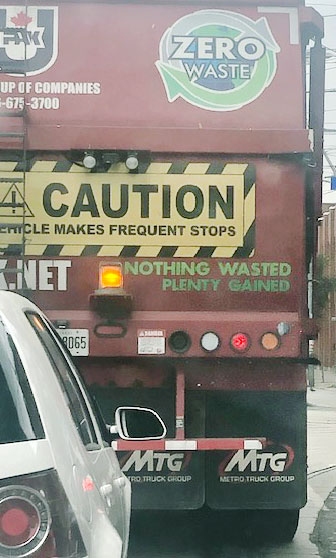
Mainfreight: Always give 100%, except when giving blood.
Can’t deny the helpfulness of that advice (and the comma is a nice touch). But what this has to with transport logistics is anyone’s guess.
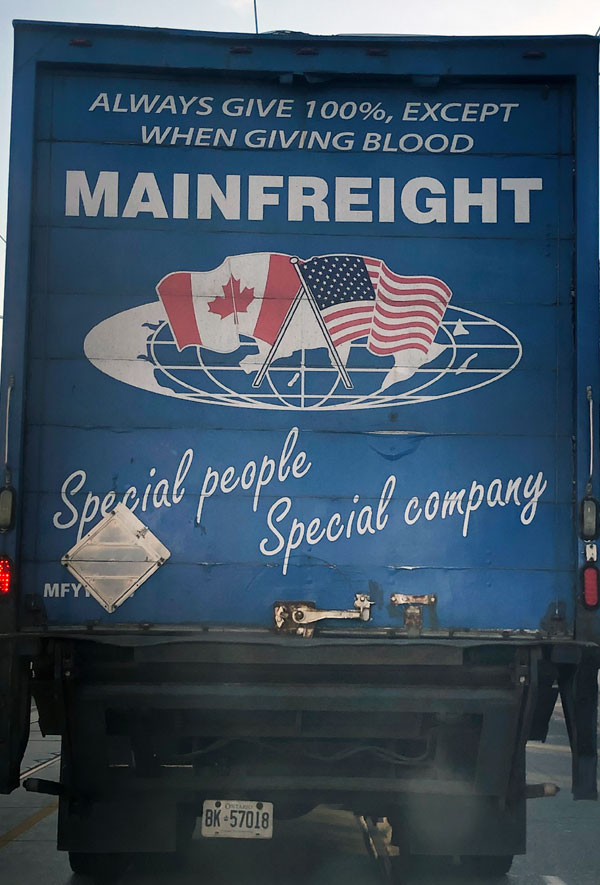
Minor quibbles aside, the claims made by these signs are fine for retail and product-selling businesses. In fact, their quirkiness makes them memorable.
But they don’t work particularly well for the professional services sector. That’s because they aren’t true differentiators.
If everyone else is saying it—or could reasonably say it—a claim becomes meaningless. It won’t help you stand out. Worse, it may actually work against you and your ability to become recognized and valued for your true strengths.
Figuring out how to rise above the flotsam and jetsam of a crowded, competitive market isn’t as hard as it seems.
In a recent blog post, Hinge Marketing offers 21 examples of key differentiators for professional services firms. These range from specializing—in an industry, service, result, geographic area, or client type—to solving a specific business challenge or offering a unique process or technology.
But you do have to be a bit courageous. Willing to put a stake in the ground. To hang your hat on something distinctive. Yes, you might provide many of the same services as your competitors, but you have to decide what truly makes you different. And then you need to broadcast that difference over and over and over again, until the market understands.
Before I go, here’s another smile-invoking sign, this one from the window of a Queen Street West ice cream shop.

Ain’t that the truth?!
Remember this: Signs that seek to differentiate retail and product-selling businesses rarely translate for professional services firms. To stand out from the crowd, professionals need to dig deeper to determine what truly makes them different.
Branding